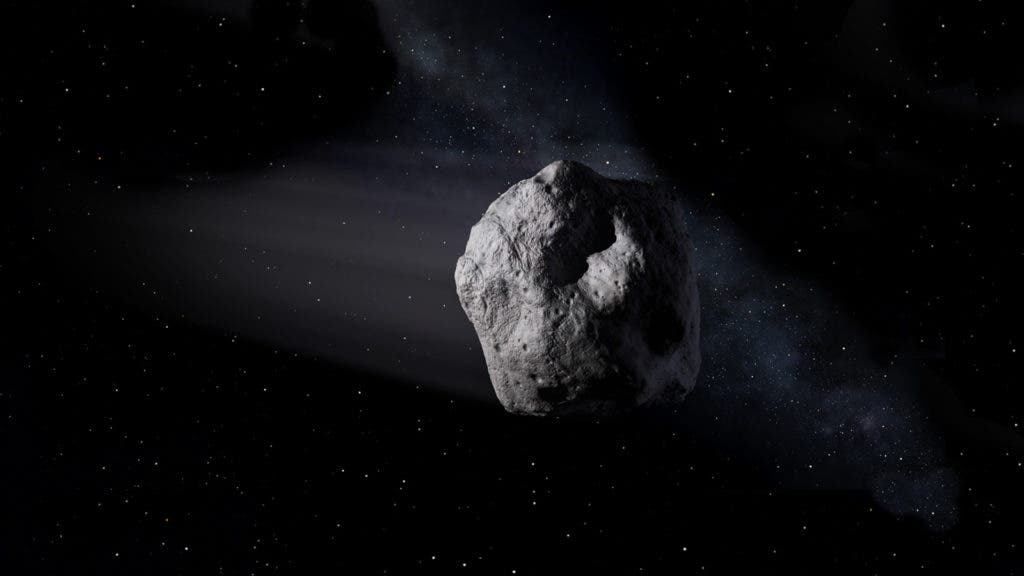An asteroid currently being tracked by NASA’s Center for Near-Earth Object Studies (CENOS), known as 2020 EF, will pass close enough to the planet to potentially ’cause an airburst’. However, the agency explains that we’re safe either way — the asteroid is too small to survive contact with Earth’s atmosphere.

Image credits NASA / JPL-Caltech.
The chunk of rock is currently on an Earth-intersecting orbit and is fast approaching the planet at more than 10,000 mph. CNEOS researchers estimate that it is about 98 feet in diameter, according to IBTimes.
Space rocks
2020 EF has been classified as an Aten asteroid, a group of asteroids whose orbits naturally come close to, and even intersect, that of Earth. This particular one follows a very wide orbit around the sun, giving it almost the same overall path of motion as Earth. The diagram also shows multiple near-approaches between 2020 EF and the planet.
After 2020 EF’s approach, Earth will then be visited by the asteroid 2020 DP4, which is traveling at a faster velocity and is much larger than 2020 EF.
Being so small, 2020 EF will most likely not cause an impact event and is much more liable to break apart if it enters Earth’s atmosphere, NASA explains. However, it might cause an airburst — an explosion in the sky. Ideally, you shouldn’t be looking at it when it happens.
The last recorded airburst took place over the city of Chelyabinsk, Russia, which produced a flash 30 times brighter than the Sun and caused 180 cases of eye pain and 70 cases of temporary flash blindness.
The asteroid is expected to approach Earth on March 18 at 11:15 p.m. EDT., at roughly 3.9 million miles from the planet’s center.
Author’s note, March 19, 2020: Given the absolute meltdown this article has caused in the comments, I feel like a few clarifications are in order.
Raw data of this article was taken directly from NASA, via the link provided earlier (here it is again). The link comes with a very handy chart showing the orbit of Earth and 2020 EF that you can enable by clicking on the “[ show orbit diagram ]” above the table.
With a minimum orbit intersection distance (MOID) of 0.31 astronomical units, 2020 EF is considered to be a Potentially Hazardous Object. Any object that comes closer than 0.5 AU of our planet is automatically classified as such. While the calculated risk of it actually hitting the Earth is minute, we’re talking about estimating the trajectory of tiny rocks that are very far away, going thousands of miles per hour, which are still under the gravitational influence of other bodies (known or not) traveling through space; these calculations are never exact.
In the interest of public health and safety, I felt compelled to use the Chelyabinsk example as a guideline in order to advise people on the worst-case-scenario and to inform them not to look at any airburst that may happen, despite the very low chance of it happening.
I would like to use this opportunity to thank Sam Point for contacting me directly in order to request more information on where exactly the asteroid might hit. Sadly, I was not able to find any reliable data on this, and chose to refrain from speculating (I am, you might be surprised to hear, not privy to all the data at NASA).






